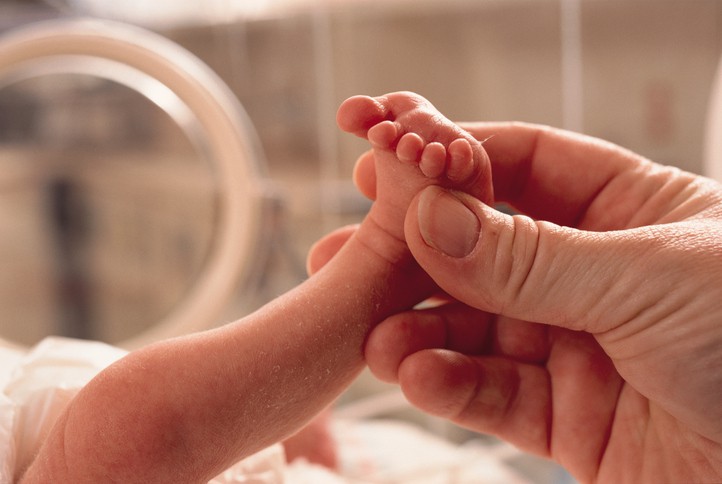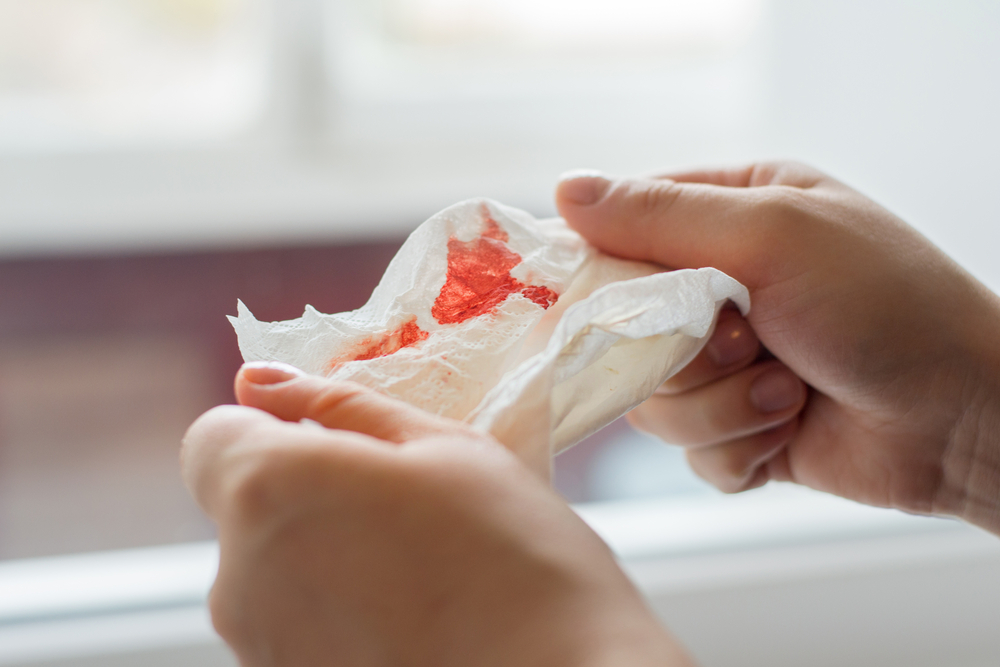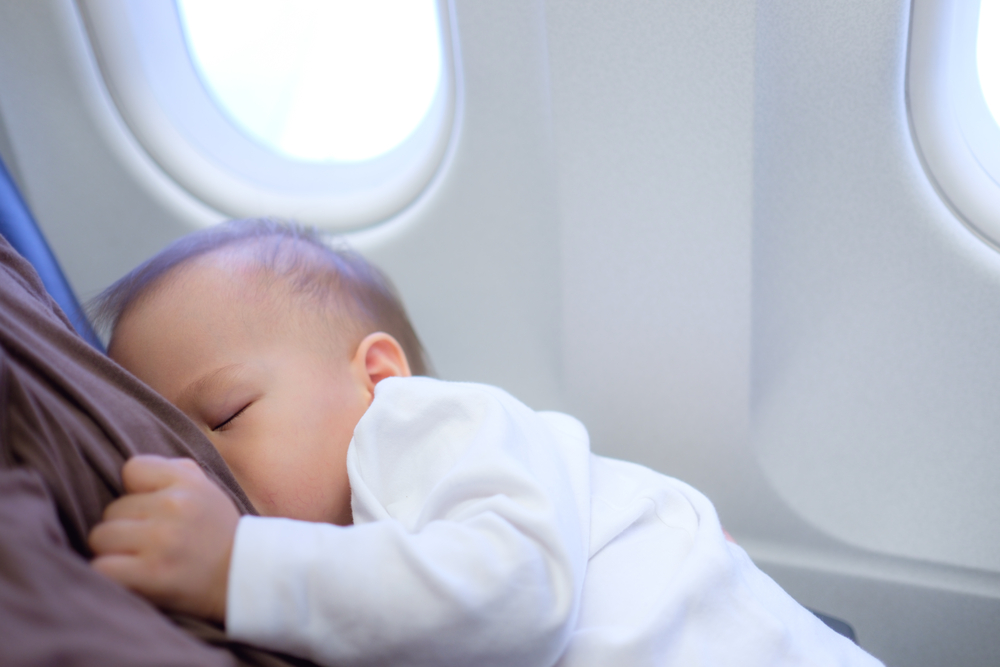Contents:
- Medical Video: How to do CPR on an Infant (Ages Newborn to 1 Year)
- What is baby resuscitation?
- Who needs baby resuscitation?
- How do you do baby resuscitation?
- Initial step
- Ventilation
- Put pressure on the baby's chest
- Provision of epinephrine
Medical Video: How to do CPR on an Infant (Ages Newborn to 1 Year)
After the baby is born, normally the baby will immediately breathe with air. This is the first time to breathe, because when in the womb the baby does not breathe with air. Environmental differences when in the womb with after birth make the baby spontaneously breathe with air. However, some babies may need a little help to be able to breathe after birth. This assistance is known as infant resuscitation. What is that?
What is baby resuscitation?
Oxygen is important for every cell in the body. Without oxygen, cells in the body can die. Babies in the womb also need oxygen, which is taken from the bloodstream from mother to baby through the placenta. However, after the baby is born, the placenta will be cut so that the supply of oxygen to the baby will stop. The baby will then take oxygen from the air (breathing).
Some babies may need help to breathe normally. Not all babies may be able to take breath from the air after being born spontaneously.
At this time, it needs resuscitation in newborns. Resuscitation is help given after the baby is born so the baby can breathe. Babies who after birth can not breathe, if left alone will experience lack of oxygen, which can lead to infant death. The goals of newborn resuscitation also include preventing infant mortality and morbidity related to brain, heart and kidney injuries, and to help babies breathe normally and strengthen cardiac output.
Who needs baby resuscitation?
There is no sign that can show which baby needs resuscitation after birth and which does not. So, at each baby's birth, resuscitation must be prepared. However, the risk of respiratory problems (babies needing resuscitation) can occur in premature babies, are born after a long labor, and are born to mothers who receive sedation (giving medication to calm) during the final stages of labor.
Newborns who need resuscitation are generally assessed with the following four conditions:
- Is the baby born at the age of the womb enough months?
- Is the amniotic fluid clear of meconium and a sign of infection?
- Does the baby breathe or cry after birth?
- Does the baby have good muscle work?
If the answer to the four questions is ‘not', The baby needs resuscitation.
How do you do baby resuscitation?
Resuscitation is carried out according to the baby's condition. There are four actions that can be done sequentially during infant resuscitation. Babies may only need to receive one or more of these four actions. Decision making to proceed with each action below is determined by the assessment of three vital signs, namely breathing, heart rate, and baby's skin color.
Initial step
This is done by drying the baby and provide warmth in infants. After that, position the baby well facing up. Position the baby's head slightly upwards to help open the airway.
Place a fabric fold (not too thick or thin) under the baby's shoulder to maintain this position. After that, clean the airway baby if needed, including suctioning in the mouth and then in the nose to remove meconium. This suction is carried out with a suction tube that is passed in the mouth and then the nose.
Furthermore, baby stimulation to breathe. This can be done by flicking or tapping the baby's feet, and gently rubbing the baby's back, legs and hands. The value of breathing, heart rate, and movement of the baby's muscles after completing the action. If the baby is not breathing, do the next action.
Ventilation
It is an action to put some air into the baby's lungs with positive pressure so the baby can breathe. This action is done by placing a lid with the appropriate size on the baby's face to cover the baby's chin, mouth and nose.
Maintain the position of the baby's head and squeeze the bag that is on the hood, so that the air entering the baby's lungs causes the baby's chest to rise slightly. If the baby's chest rises after 2-3 times ventilation, it means that ventilation pressure may be sufficient for the baby. Continue ventilation 40 times per minute until the baby cries or breathes.
However, if the baby's chest does not rise, there may be a problem, such as a blocked baby airway, improper installation of the hood, less intense pressure, incorrect baby position, and others.
Put pressure on the baby's chest
This is done to temporarily improve circulation and oxygen delivery to the important organs of the baby. Chest pressure or heart massage is provided accompanied by ventilation, to ensure that the circulation of blood circulating in the baby's body gets enough oxygen.
After chest compressions are done 30-45 seconds, the value of the baby's heartbeat. If the baby's heart rate is less than 60 times per minute chest pressure should be continued (after injection of epinephrine).
Provision of epinephrine
Giving these drugs is done during resuscitation when ventilation and chest compressions do not work more than 45 seconds to 1 minute, the baby's heart rate remains less than 60 times per minute and there is no increase.












